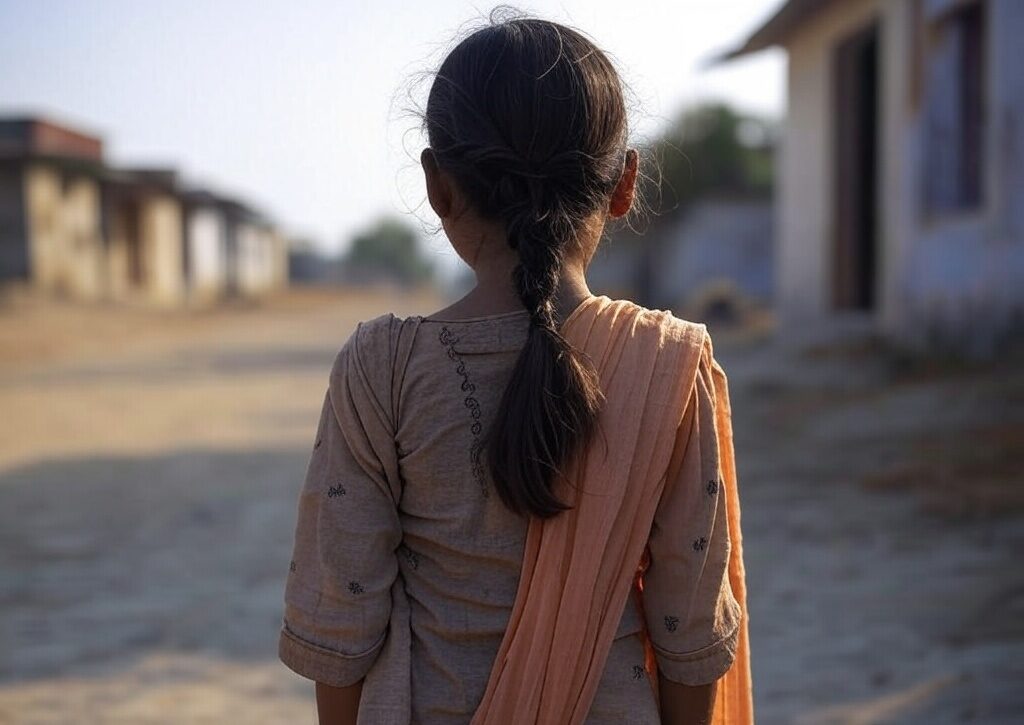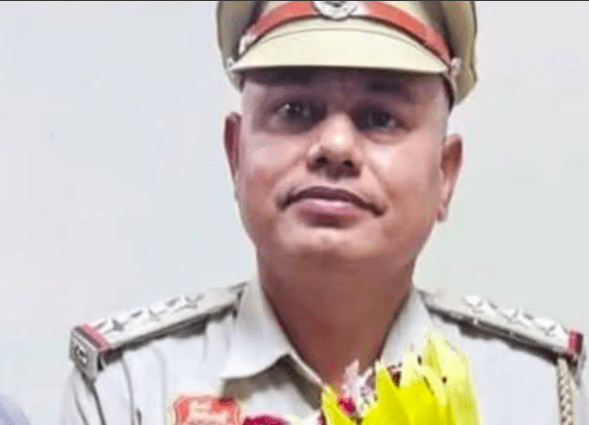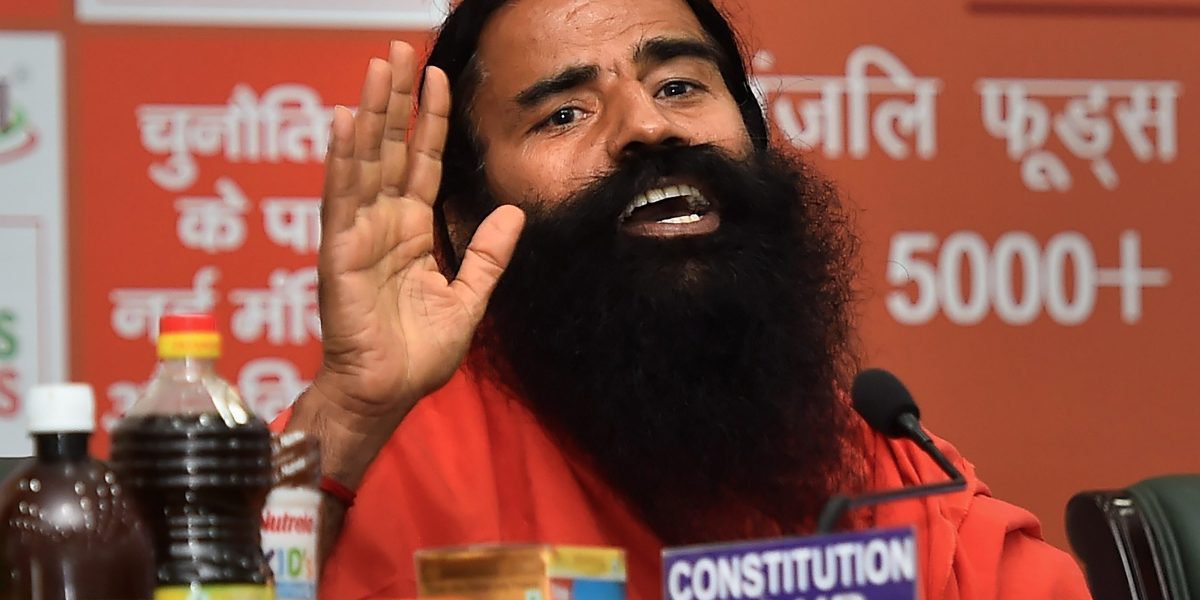
By Apoorvanand / The Wire
The Supreme Court has again allowed an injustice against the Muslims by letting the survey continue at the Gyanvapi mosque in Varanasi. The chief justice, in his characteristic anxiety-free style, refused to stay the survey of the mosque as requested by the counsel of the Anjuman Intezamia Masjid Committee. How could he take a view without knowing the matter?
Only a few weeks ago, he had taken a view immediately regarding the proceedings of the Karnataka high court in the hijab matter. Then at the time of the very first hearing, he had claimed that he was aware of what was happening around him. Heavens would not fall, with these words he had remonstrated the Muslim students seeking a status quo. That time his awareness went against the young Muslim women, and now several weeks have passed. He still does not feel that there is a need to move.
That time his awareness and this time his ignorance of the facts of the matter – both have led to the same result. Injustice against Muslims. But why should it shake that high, stable throne dispensing justice at will?
As I write these lines, a crisis has been created by the Varanasi court which ordered the survey. The court has changed the character of the mosque by ordering the sealing of a portion of it and making it out of bounds for all. The alacrity with which the court has acted is quite contrary to the slow cautious way our courts move. We cannot and should not, of course, see any extrajudicial motive behind the lightening speed with which the matter has been dealt with.
Multiple attempts have been made in the past to make the Gyanvapi mosque a disputed site. On every occasion, the Allahabad high court has stalled the move. This relentless drive to find a way to rationalise the demand to take away the mosque from the hands of the Muslims continues despite an unambiguous Act regarding the status of the religious places being in place since 1991. It very clearly mandates that the status of all religious places as on August 15, 1947 or before it will not be altered. It implies that no such process can be allowed to be initiated which could in any manner lead to the change in the form or character of any religious place.
The Babri Mosque was kept out of the Places of Worship Act’s purview, which led to its destruction and eventually usurpation of its land. That too legally. But even in that move, the top court made it very clear that the 1991 Act regarding the status of religious places must be followed. Which means that no move which questions the nature of a religious place should be encouraged.
But the forces which led the destruction of the Babri Mosque believe in Sam Dam Dand Bhed. And the ‘Hindu’ sentiments can hardly be ignored by the courts. So, when the ‘devotees’ insisted that their deities rest in the premises of the mosque and their religious rights to pray before them cannot be ignored, the court listened. It found merit in their plea, chose to brush aside the stay orders given by the coordinate bench of the Allahabad high court, and ordered a survey of the mosque to ascertain the character of the mosque which in this process was made disputed.
This time, strangely, the high court too decided not to intervene. It refused to give a hearing to the aggrieved Muslims who were challenging the survey.
The Muslims then came to the highest court. But it cannot be easily moved. So it decided to first take time to understand the issue. Meanwhile, the survey team kept working at a speed generally never seen in the work of any organ of the state.
Why it was in such a hurry is now clear. The survey team, let us say its Hindu members, discovered a shivalinga at the Waju khana. Muslims claim that it is a fountain. Which is more plausible, given the fact that it is the place the worshippers do waju before praying. But who can dispute the Hindus who see a shivalinga in anything slightly protruding from the surface? We have seen rocks painted in red and declared to be the images of Hanuman.
With this news, the survey team, or its Hindu members, rushed to the court, which without losing time ordered the sealing of the spot.
All this happened when the nation was marking the birth anniversary of Buddha, the apostle of honesty, truth, love and non violence. On a more practical note, one can ask how on a holiday our people were working so hard! A nation where people keep searching for a holiday to take a break. There must be some extraordinary sense of duty driving the court and its survey team.
There is jubilation in Bharatiya Janata Party circles. In 1949, in a surreptitious move, in the darkness of a night, idols were smuggled into the Babri Mosque. It was called an act of crime by the apex court. Seventy-three years later, another crime is being committed. In broad daylight. Under the supervision of the judiciary. With the Supreme Court watching.
Justice Govind Mathur, retired chief justice of the Allahabad high court, in an article explained that the purpose of the Act regarding the status of religious places must be kept in mind. Its aim is not to allow a repeat of the appropriation of the Babri Mosque. He said the objective of the Act is to maintain social tranquility and harmony in the country. What has been done, knowingly, wilfully, is to initiate a process which will certainly lead to strife and violence. It can still be stopped, if the Supreme Court recovers its sense of constitutional morality and responsibility and puts on hold the move by the Varanasi court and orders status quo as it was before May 16, 2022.
But when we know that the Supreme Court is willing to hear a petition challenging the 1991 Act, then we must accept that peace, harmony, justice and honour of Muslims can always be sacrificed for some larger goal. What that can be is not difficult to guess.
This article first appeared on thewire.in






